Smithsonian Science for Global Goals

Smithsonian Science for Global Goals project has new freely available community research guides developed by the Smithsonian Science Education Center (SSEC) in partnership with the InterAcademy Partnership. These Smithsonian Science for Global Goals community research guides use the United Nations Sustainable Development Goals (SDGs) as a framework to focus on sustainable actions that are student-defined and implemented.

The Smithsonian Science Education Center, attempting to empower the next generation of decision makers capable of making the right choices about the complex socio-scientific issues facing human society, blends together previous practices in Inquiry-Based Science Education (IBSE), Social Studies Education (SSE), Global Citizenship Education (GCE), and Education for Sustainable Development (ESD).
Smithsonian Science for Global Goals community research guides are:
- Developed to be region- and grade-level-agnostic, meaning that teachers across the world teaching students from ages 8-17 will be able to engage in this material
- Field-tested and reviewed by subject matter experts, teachers, and students from around the world
- Available in multiple languages
- Freely available on the Smithsonian Learning Lab, a digital tool, that allows all students around the world, regardless of background or national origin, to access the world-class educative materials
- An opportunity to learn first-hand from researchers working on the problem from around the world
- Engages students in inquiry-based experiences in their local community
- Presenting the problem through multiple perspectives (social, ethical, economic, environmental).
- Built on a rich storyline that begins with students creating an Identity Map and Defining the Problem, and ends with the development of an Action Plan.
 Image: United Nations
Image: United Nations

Dr. Carol O'Donnell's article, "Science Education, Identity, and Civic Engagement: Empowering Youth through the UN Sustainable Development Goals," was featured in "G7: The Executive Talk Series Global Briefing Report" for the 44th G7 Summit. See page 108 for the full article.
In an article published by the Diplomatic Courier, Dr. Carol O’Donnell outlines how the Smithsonian—in partnership with public and private partners, including IAP, US Federal Agencies within CoSTEM, US National Academies, Gordon & Betty Moore Foundation, Johnson & Johnson, and multiple content developers—is empowering youth through the UN Sustainable Development Goals.
Smithsonian Science for Global Goals Guides
-
 Curriculum
CurriculumOcean! How can we create a sustainable future for the ocean?
-
 Curriculum
CurriculumEnergy! How can we ensure sustainable energy for all?
-
 Curriculum
CurriculumBiotechnology! How can we ethically create a sustainable future using biotechnology?
-
 Curriculum
CurriculumEcosystem Resilience! How can people and ecosystems build resilience to change?
-
 Curriculum
CurriculumClimate Resilience! How can communities adapt to a changing climate?
-
 Curriculum
CurriculumClimate Action! How can we mitigate human impacts on the atmosphere?
-
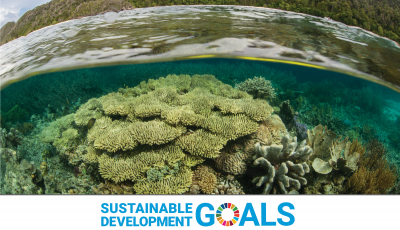 Curriculum
CurriculumBiodiversity! How can we balance the needs of people with the needs of other living things?
-
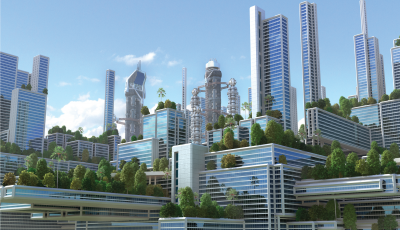 Curriculum
CurriculumSustainable Communities! How will we help our community thrive?
-
 Curriculum
CurriculumFood! How Do We Ensure Good Nutrition for All?
-
 Curriculum
CurriculumMosquito! How Can We Ensure Health For All From Mosquito-borne Diseases?
-
 Curriculum
CurriculumVaccines! How can we use science to help our community make decisions about vaccines?
-
 Curriculum
CurriculumCOVID-19! How Can I Protect Myself and Others?
-

Exploring NOS Through Podcasts
-
 Curriculum
Curriculum¡Mosquito! ¿Cómo podemos garantizar la salud para todos contra las enfermedades transmitidas por los mosquitos?
-
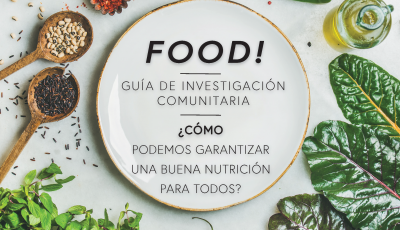 Curriculum
Curriculum¡Food! ¿Cómo podemos garantizar una buena nutrició para todos?
-
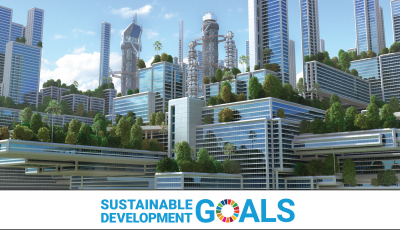 Curriculum
Curriculum¡Comunidades Sostenibles! ¿Cómo contribuiremos al progreso de nuestra comunidad?
-
 Curriculum
Curriculum¡Biodiversidad! ¿Cómo podemos equilibrar las necesidades de las personas con las necesidades de otros seres vivos?
-
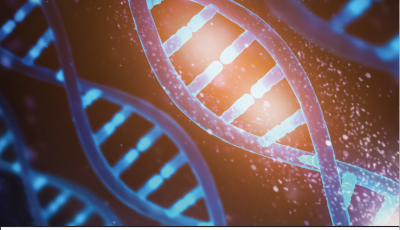 Curriculum
Curriculum¡BIOTECNOLOGÍA! ¿Cómo podemos crear un futuro sostenible usando labiotecnología de forma ética?
-
 Curriculum
CurriculumSustainable Communities! How will we help our community thrive? المجتمعات المستدامة! كيف يمكننا مساعدة مجتمعنا على الازدهار؟
-
 Curriculum
Curriculum¡Lucha Contra El Cambio Climatico! ¿Cómo podemos mitigar el impacto humano en la atmósfera?
-
 Curriculum
Curriculum¡El Océano! ¿Cómo podemos crear un futuro sostenible para el océano?
-
 Curriculum
Curriculumواحتياجات الكائنات الأخرى؟ كيف يمكننا تحقيق التوازن بين احتياجات البشر التنوع البيولوجي!
-
 Curriculum
Curriculum¡ENERGÍA! ¿Cómo podemos garantizar una energía sostenible para todos?
The Global Classroom
The Learning Progression

- Combines key pieces of Inquiry-based Science Education and Social Studies Education to build a progression that takes students from questioning and investigating up through taking action in their own communities.
- The center portion – Critical Reasoning and Systemic Understanding – is the tie that binds. Armed with their new scientific understanding of the complex issue, this is where students examine their own values and perspectives on the issue, how that influences their local and global thinking, and then how their perspective changes as they learn more and more about the world around them.
- Learning teams use their understandings to find common ground, build consensus, and plan and carry out local actions for Global Goals.
Through Smithsonian Science for Global Goals we hope to “engage and inspire” more students and teachers, “where they are, with greater impact, while catalyzing critical conversations on issues affecting our nation and the world."
An investment in the Smithsonian Science Education Center helps to advance our efforts in transforming science education. Your support has the potential to change hundreds of thousands of lives by nurturing the inner scientist in young people—tomorrow’s innovators and leaders.
Additional Downloads
-
 News
NewsDr. Carol O'Donnell Co-Authors Position Paper on STEM Education for Sustainable Development (STEM4SD)
-
 Resource
ResourceSmithsonian Science for Global Goals Media Kit
-
 Video
VideoLearning Without Borders (Carol O’Donnell, 2018)
-
 Resource
ResourceSmithsonian Science for Global Goals Case Statement
-
 Video
VideoSTEM Education for Sustainable Development
Complete Guides
Module Title and Development Goals Target Alignment
 Mosquito! How do we ensure health for all from mosquito-borne disease?
Mosquito! How do we ensure health for all from mosquito-borne disease?
3.3
 Food! How do we ensure good nutrition for all? Malnutrition, obesity, nutritional needs, food sources/pathways, health implications, connection between nutrition and human development, varying nutritional needs (e.g., pregnant women and children)
Food! How do we ensure good nutrition for all? Malnutrition, obesity, nutritional needs, food sources/pathways, health implications, connection between nutrition and human development, varying nutritional needs (e.g., pregnant women and children)
2.2 • 3.4 • 12.3
 Sustainable Communities! How will we help our community thrive?Urban planning, infrastructure, upgrading housing, sanitation, pollution, watershed/impervious surfaces, sociological issues in cities, wellness-inspired architecture, green spaces
Sustainable Communities! How will we help our community thrive?Urban planning, infrastructure, upgrading housing, sanitation, pollution, watershed/impervious surfaces, sociological issues in cities, wellness-inspired architecture, green spaces
9.1 • 9.4 • 11.1 • 11.2 • 11.3 • 11.6 • 11.7 • 11.A
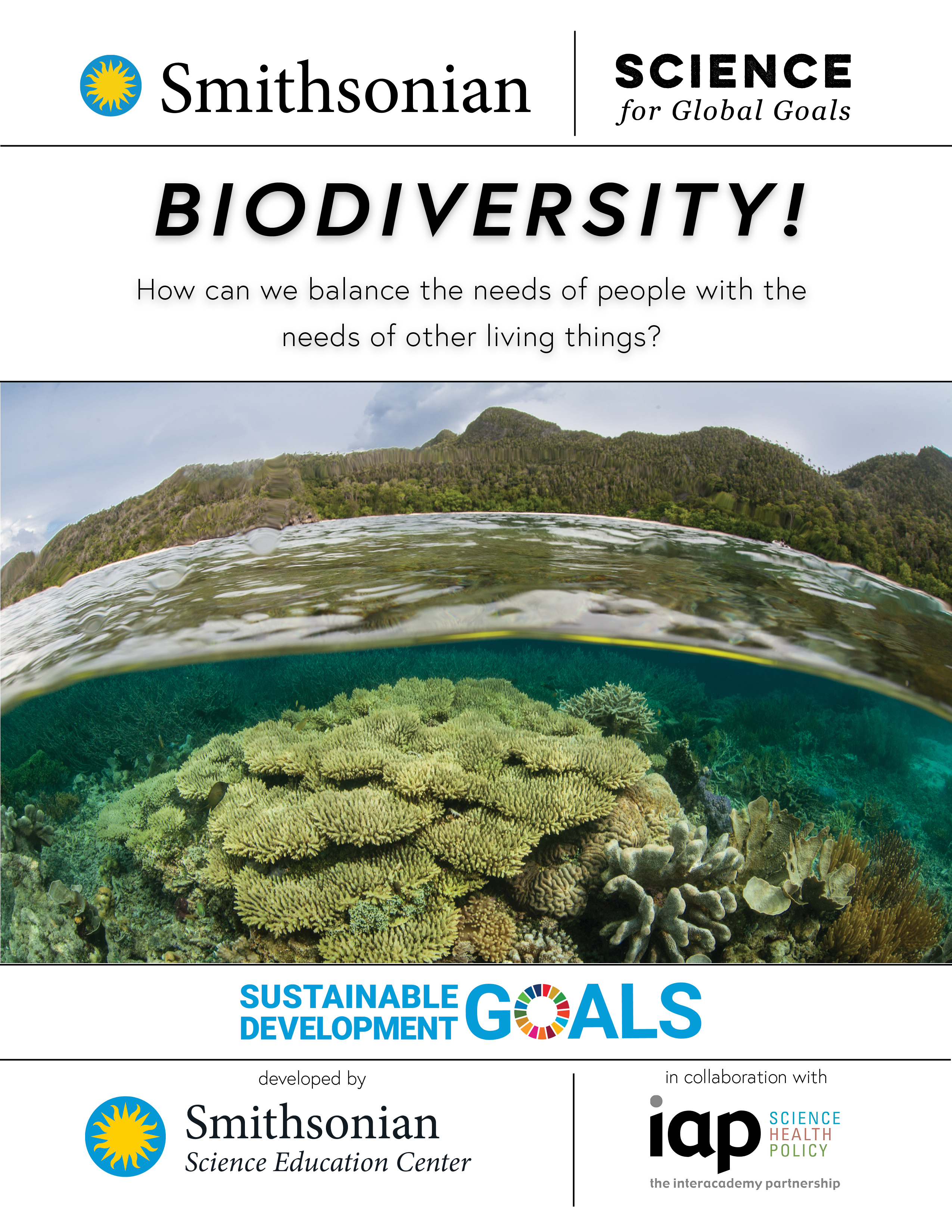 Biodiversity! How do we balance protecting Earth’s diverse resources with human needs? Need for diverse plants to respond to changing weather conditions, finding novel medical cures in biodiverse areas, economic impacts for protecting biodiverse-rich areas, farming practices and impacts on biodiversity (e.g., everyone using the same seeds, GMOs), livestock biodiversity, endangered animals
Biodiversity! How do we balance protecting Earth’s diverse resources with human needs? Need for diverse plants to respond to changing weather conditions, finding novel medical cures in biodiverse areas, economic impacts for protecting biodiverse-rich areas, farming practices and impacts on biodiversity (e.g., everyone using the same seeds, GMOs), livestock biodiversity, endangered animals
2.5 • 2.A • 14.2 • 15.1 • 15.2 • 15.5 • 15.6 • 15.7 • 15.8 • 15.9
 Biotechnology! How can we ethically create a sustainable future using Biotechnology? Food systems, materials, human health, genetic data, the environment, and security
Biotechnology! How can we ethically create a sustainable future using Biotechnology? Food systems, materials, human health, genetic data, the environment, and security
2.3 • 2.5 • 3.2 • 3.3 • 3.4 • 3.7 • 10.3
 Energy! How can we ensure sustainable energy for all? Equitable access, appropriate use, economic considerations, implications for increased access, connection to climate change, clean/dirty energy, renewables
Energy! How can we ensure sustainable energy for all? Equitable access, appropriate use, economic considerations, implications for increased access, connection to climate change, clean/dirty energy, renewables
1.4 • 7.1 • 7.A • 7.B
 Ocean! How can we be a part of healthy ocean systems? How humans interact with the oceans and coastal areas, the effects of those interactions and an analysis of the sustainability, pollution, fisheries
Ocean! How can we be a part of healthy ocean systems? How humans interact with the oceans and coastal areas, the effects of those interactions and an analysis of the sustainability, pollution, fisheries
14.1 • 14.2 • 14.3 • 14.4 • 14.5 • 14.A
 Climate Action! How can we mitigate human impacts on the atmosphere?
Climate Action! How can we mitigate human impacts on the atmosphere?
Causes and impacts of climate change, acid rain/ocean acidification, impacts and possible technological (partial) solutions
13.1 • 13.2 • 13.3 • 13.B • 14.3 • 15.2 • 15.3
Tentative Topics
Module Title, Potential Subtopics, and Sustainable Development Goals Target Alignment
 Water: How do we balance fair water use for all? Safe water, equitable access, water use efficiency, water and border issues, water scarcity, role of technology, water law
Water: How do we balance fair water use for all? Safe water, equitable access, water use efficiency, water and border issues, water scarcity, role of technology, water law
6.1 • 6.3 • 6.4 • 6.5 • 6.6 • 6.A • 6.B
 Healthy Ecosystems: How do we balance local ecosystem needs with global implications? Analysis of local ecosystems, ecosystem issues (particularly those caused by humans), mitigating actions, ecosystem services, deforestation/desertification (as applicable)
Healthy Ecosystems: How do we balance local ecosystem needs with global implications? Analysis of local ecosystems, ecosystem issues (particularly those caused by humans), mitigating actions, ecosystem services, deforestation/desertification (as applicable)
15.1 • 15.2 • 15.3 • 15.4 • 15.5 • 15.6 • 15.7 • 15.8 • 15.9
 Pollution, Environment, and Health: How do we protect human health and ecosystems? Water pollution, sanitation issues, hazardous runoff, industrial pollution, solid waste management (landfills), plastic pollution
Pollution, Environment, and Health: How do we protect human health and ecosystems? Water pollution, sanitation issues, hazardous runoff, industrial pollution, solid waste management (landfills), plastic pollution
3.9 • 6.2 • 6.3 • 6.6 • 8.4 • 11.6 • 12.4 • 12.5 • 14.1
 Weather and People: How do we balance economics and preparation? Impacts of extreme weather on agriculture, housing, cities, impacts of ocean level rise, causes of extreme weather, using technology to prepare for disasters (earthquakes, floods, tsunami, mudslides, wildfires, etc.), community emergency preparedness
Weather and People: How do we balance economics and preparation? Impacts of extreme weather on agriculture, housing, cities, impacts of ocean level rise, causes of extreme weather, using technology to prepare for disasters (earthquakes, floods, tsunami, mudslides, wildfires, etc.), community emergency preparedness
1.5 • 2.4 • 11.B • 11.C • 13.1 • 13.3 • 13.B • 15.3
 Agriculture: How do we balance production, economics, and the environment? Food pathways, food waste, agricultural practices and the environment, impacts of extreme weather, GMOs, land ownership, technology and farming, agriculture financing
Agriculture: How do we balance production, economics, and the environment? Food pathways, food waste, agricultural practices and the environment, impacts of extreme weather, GMOs, land ownership, technology and farming, agriculture financing
2.3 • 2.4 • 2.A • 2.C • 12.3
 Pandemic: How do we prepare for a pandemic? Possibilities of and responses to global pandemic, institutional and individual roles in prevention and response, causes of pandemic and local practices
Pandemic: How do we prepare for a pandemic? Possibilities of and responses to global pandemic, institutional and individual roles in prevention and response, causes of pandemic and local practices
3.3 • 3.D
 Consumption and Production: How do we balance economic and environmental needs? Equitable and sustainable use of natural resources, systemic power differentials, materialism, environmental and economic impacts of consumption
Consumption and Production: How do we balance economic and environmental needs? Equitable and sustainable use of natural resources, systemic power differentials, materialism, environmental and economic impacts of consumption
12.1 • 12.2 • 12.5 • 12.8 • 12.A
 Access: How do we balance supports for individuals with different needs? Technology, access to education, role of the government and individuals, economic impacts
Access: How do we balance supports for individuals with different needs? Technology, access to education, role of the government and individuals, economic impacts
4.5 • 4.A • 8.5 • 10.2 • 10.3
*All topics align to targets 4.7 • 16.7 • 17.6 • 17.17 Read More on Target Alignments
Smithsonian Conservation Commons
-
 Video
VideoEarth Optimism: Change is Positively Possible
-
 Video
VideoEarth Optimism Student Video Competition: The Gray Whales of San Ignacio Lagoon
-
 Video
VideoEarth Optimism Student Video Competition: Dajopen
-
 Video
VideoEarth Optimism Student Video Competition: Conserving Coral Reefs
-
 Video
VideoJAYO - Earth Optimism Summit 2017
-
 Video
VideoOpening Our Minds & Success in Conservation - Plenary 1 - Earth Optimism Summit 2017
-
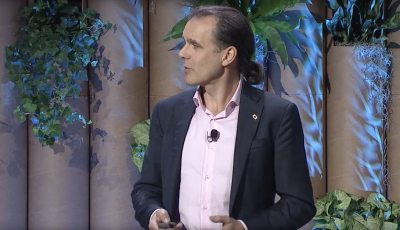 Video
VideoEnric Sala - Earth Optimism Summit 2017
-
 Video
VideoAutumn-Lynn Harrison - Earth Optimism Summit 2017
-
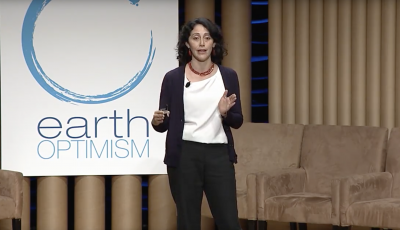 Video
VideoMargarita Mora - Earth Optimism Summit 2017
